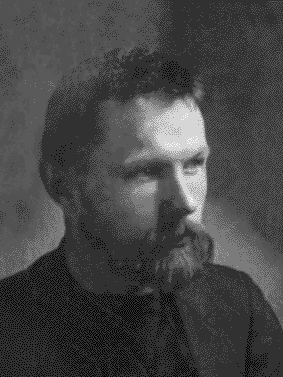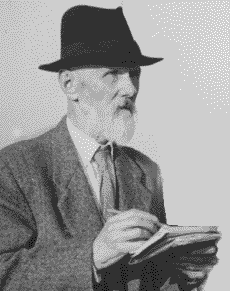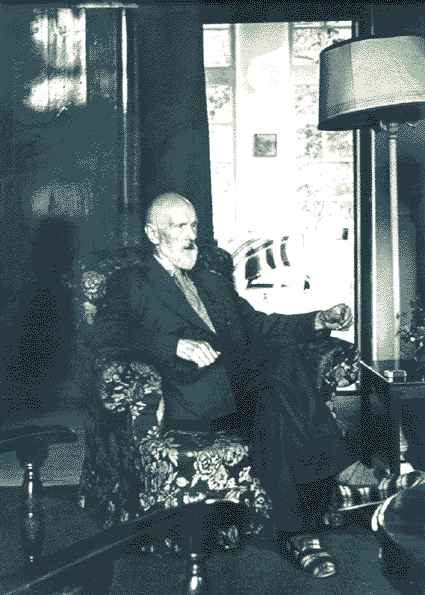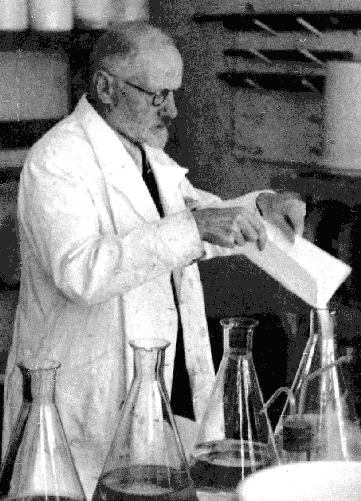| dutch |
|
 |
Luite Klaver was born in Hattem in eastern Holland on sept.21st 1870, son of Hendricus Jacobus Klaver, a carpenter and owner of a small grocery shop, and Evelina Lubberta Barendsen. His talent in the visual arts was evident from the beginning and after some years as an apprentice carpenter and lessons in painting by the famous lanscaper painter Jan Voerman sr. he went in 1892 to Amsterdam to study as a painter himself. |

photo Hans Roest |
In Amsterdam he met Gerarda Jacoba Doyer,
a student painter herself, 'Da', six years his elder, came from a wealthy
family of XVII cent. French Hugenot origin, since residing in the Dutch
town of Deventer . They marry in 1898 and first live in Hattem and
then in Oldebroek, where Luite started a plantation of flowers and vegetables.
His artistic and scientific interest for plants is documented in the numerous
lythographs
published in six books, edited by Sederius (1899-1905, 1904) and
van Looy (1905).
Three childeren were born: Clare Helena, the fiction writer, Clare Lennart (1899-19..) Eveline Hendrika, mother of the webmaster of these pages (1901-19..) Dirk Anton, owner of a mechanical industry (1904-19..) |
 |
Da dies in 1915 of tuberculosis at the age of 41 years
leaving Luite with three childeren, 16, 13 and 11 years of age, to care
for. They live in different places till 1919 when they finally settle in
Hattem in a mansion, called "t'Oude Spyker"
(th'Old Storehouse) in the estate of Molecaten.
In 1918 Luite marries a cousin, 'Bertha', from his former wive's family, Egberta Hendrika Barendsen (1875-1945). In 1936 the couple, now single, live in Noordwijkerhout and later in Soestduinen, where Luite was assistant director of the DALCO factory of photographic materials. After the war and the death of Bertha, Luite is cared for by the families of his three children. He dies on the 28th of november 1960 in Utrecht and is buried in Driebergen. |
 |
Luite sometimes used photographs as examples for his
paintings and thus he got interested in the development of colour
photography. He invented and patented cameras for colour photography based
on dicroic filters and colour sensitive emulsions for glas plates.
These, together with a rich collection of his photographs, can be seen
at the Prentenkabinet Museum, dept. Studie en Documentatie Centrum voor
Fotografie, in Leiden, Holland.
Further detail can be found in Johan Degewij "Geschiedenis Nederlandse Fotografie" |
| Click here for a complete biography by J.Degewij and I.Th.Leijerzapf | |
| home |